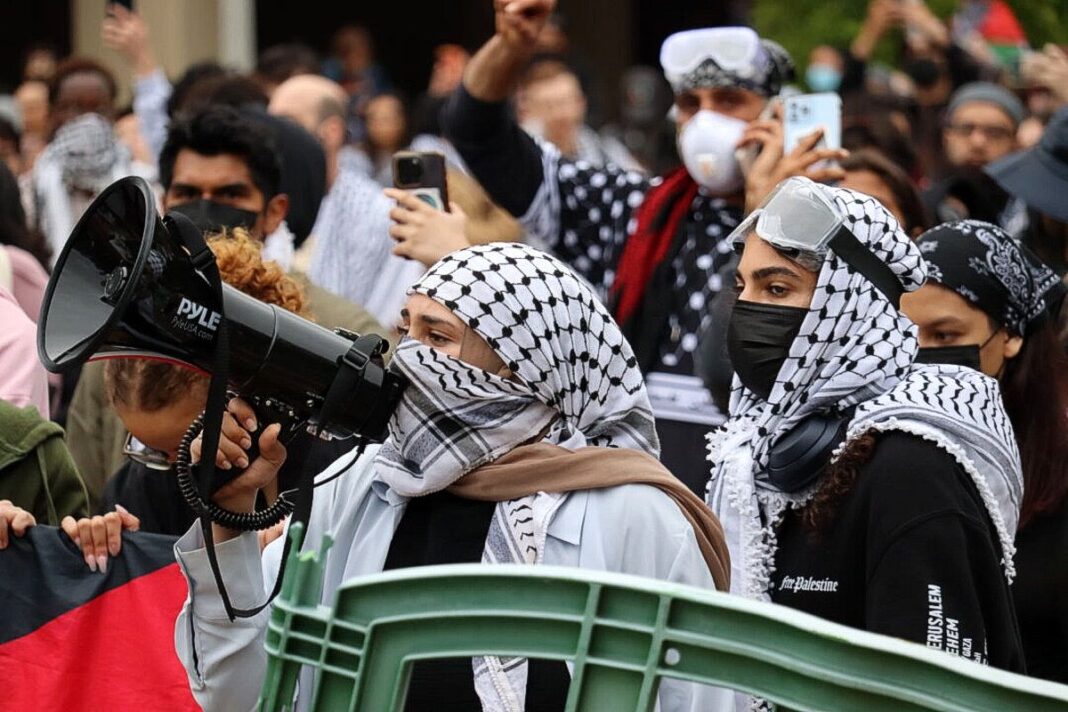
The attempted assassination suspect appeared to forgo an insanity defense for the upcoming trial in September.
FORT PIERCE, Fla.—The defense team for Ryan Routh, who is suspected of attempting to assassinate President Donald Trump during the 2024 election, said during a hearing on March 7 that it would like to test fire the gun that was found at Routh’s location near Trump’s golf course in West Palm Beach.
Defense attorney Kristy Militello told U.S. District Judge Aileen Cannon that the test could help determine whether the gun was operable and could fire at the distance Routh was from Trump at the golf course last year.
The Department of Justice objected to the test, which would involve a defense expert firing the gun after an independent agent transferred it from the government’s custody.
John Shipley Jr., an attorney with DOJ, called such a test “utterly unprecedented” and that it would be both “irregular” and “unsafe.”
He added that there was no factual basis for it.
An affidavit from FBI Special Agent Mark Thomas stated that Routh was seen fleeing an area where a Secret Service agent saw what appeared to be a rifle poking out of the tree line.
In that area of the tree line, agents found multiple items, including an SKS-style, 7.62×39 caliber rifle with a scope and obliterated serial number.
The March 7 hearing came amid a months-long pre-trial process that was extended by Cannon after a request from the defense. The trial is now set to start in September of 2025 rather than a previously scheduled date in February.
At a hearing in December, Militello seemed to indicate Routh might raise an insanity defense. She said witnesses had described Routh as hallucinating and delusional, and that it could take months to interview experts to evaluate his mental health.
In court on March 7, Militello acknowledged that the defense hadn’t filed something on an insanity defense by the deadline imposed by the court.
DOJ noted this in a March 3 status report, stating that issues related to insanity were “off the table for trial.”
It also stated that the government allowed the defense to inspect the firearm and planned to produce additional discovery materials.
By Jacob Burg and Sam Dorman







